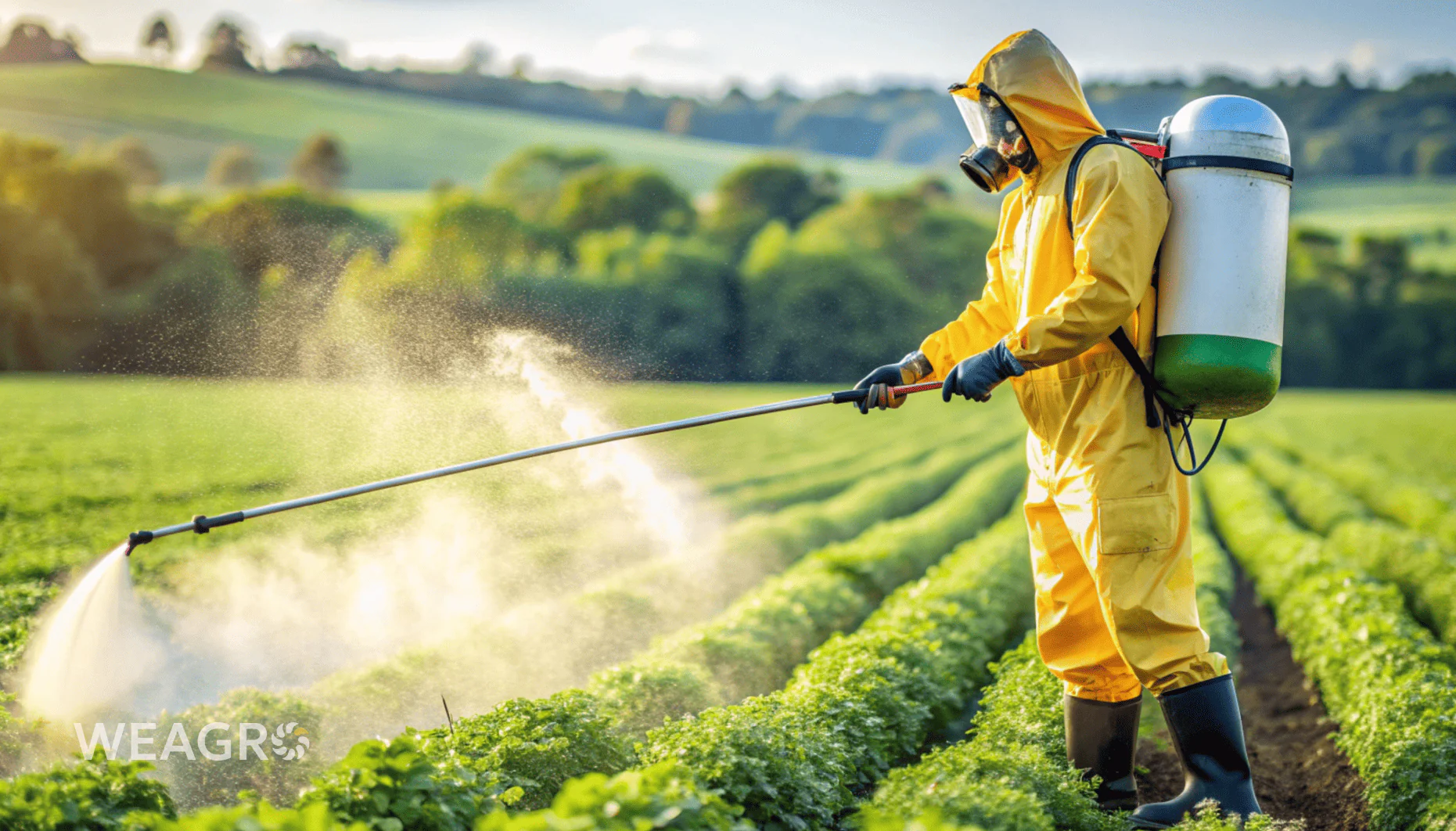Autumn soil preparation is not just the final stage of the season but a strategic investment in next year’s yield. It is in autumn that conditions are established that will determine the water, air, nutrient, and temperature regimes of the soil in spring. Mistakes in this process can be costly for farmers, while proper planning and modern equipment allow for maintaining fertility and reducing future cultivation costs.
The Importance of Autumn Tillage: why it Cannot be Ignored
In autumn, farmers face several challenges: residual compaction after harvesting, uneven distribution of organic residues, erosion risks, moisture loss, and soil structural degradation. Addressing these issues through proper treatment allows:
- reduce weed populations;
- break up compaction, restore porosity;
- ensure moisture accumulation until spring;
- activate microbiological activity;
- promote uniform decomposition of stubble and plant residues.
In the context of climate change, when farmers increasingly face periods of drought or excessive rainfall, autumn soil preparation serves as a kind of “insurance” against unfavorable spring conditions.
Classical and Modern Tillage Approaches

Over recent decades, the tillage approach has transformed—from deep plowing to shallow or subsurface loosening. The choice of method depends on soil type, planned crop, previous crop, and moisture levels.
Plowing (traditional approach)
Deep plowing at 20-25 cm is still used on heavy soils, especially after crops with strong root systems. It ensures organic matter mixing and reduces disease risks, but also destroys soil structure, increases erosion risks, and requires high energy inputs.
Subsurface Tillage
This method involves deep loosening without turning the soil layer. Its advantages include preserving microflora, reducing compaction, and accumulating moisture. Subsurface tillage allows working with stubble, evenly incorporating organic residues into the soil, and creating an ideal environment for microorganisms.
Shallow Stubble Breaking
Particularly effective after grain harvesting—disc harrows or stubble breakers are used to loosen the top layer at a depth of 5-10 cm. This method helps limit weed growth and activate stubble decomposition.
Strip-till
Localized tillage—an innovative method that prepares only the rows for future seeding. This approach preserves moisture, reduces fuel costs, and protects against wind and water erosion.
What to Choose: “Winter” Tillage or Leave it for Spring?
The advantage of autumn tillage is that the main work is done under favorable conditions: the soil is still warm, equipment doesn’t get stuck, and there’s time for planning. In spring, weather windows are limited, and excessive moisture prevents quality tillage. Autumn preparation helps “unload” spring operations and provides the bonus of better crop start.
However, it’s important to consider soil structure: for example, sandy soils are better left untilled for winter to avoid structure loss. For heavy clays and chernozems, on the contrary, autumn tillage is critically important.
How to Avoid Compaction and Preserve Soil Structure
Modern agriculture increasingly faces the problem of technogenic compaction. Constant operation of heavy machinery without axle load control leads to degradation of the arable layer. Therefore, during autumn tillage, several rules should be followed:
- work only when soil moisture is optimal;
- use tractors with wide tires or track systems;
- avoid excessive equipment passes along the same route;
- in case of “plow pan” detection—apply deep loosening.
Farmers are also increasingly turning to agrochemical soil structure analysis to adapt their technical strategy for each field.
Equipment: What should be Available on the Farm

The quality of autumn tillage largely depends on the choice of implements. Main types of equipment:
- Disc harrows — for shallow stubble breaking;
- Subsoilers — for subsurface tillage;
- Plows with skimmers — for classical plowing;
- Cultivators with rollers — for leveling and moisture retention;
- Strip-till implements — for localized tillage and fertilizer application.
Modern implements are equipped with depth sensors, pressure control, and navigation. They allow for precise operation, reducing fuel costs, wear, and time.
Agrochemistry and Fertilizers: should They be Applied in Autumn?
Depending on the crop and soil agrochemical analysis, the following can be applied in autumn:
- phosphorus and potassium fertilizers (slow-acting);
- lime (for acidity neutralization);
- organic fertilizers (manure, green manures).
Nitrogen fertilizers are usually not applied in autumn—they are easily leached. However, in some cases, with deep incorporation and stable rainfall levels, ammonium forms can be applied.
What Role Do Crop Rotation and Agroecosystem Play?

Autumn preparation is not just about equipment, but also about planning. Crop rotation affects:
- soil structure;
- phytosanitary condition;
- nutrient balance.
By planting crops after proper predecessors and considering biological specifics, farmers can reduce the need for tillage and fertilizers. For example, after legumes, deep plowing should be avoided—minimal tillage and organic matter preservation are preferable.
Conclusion
Autumn tillage is a complex, multi-level system of decisions that encompasses soil type, crop, equipment, weather conditions, and even long-term crop rotation strategy. Ignoring this stage means losing control over yield. Instead, a modern approach allows farmers to reduce costs, preserve soil, and ensure a strong start for the new season.
Need equipment or fertilizers for autumn field work but don’t want to invest your entire budget at once?
Take advantage of installment payments from WEAGRO—an online service for agribusiness. Buy from reliable suppliers with a 30-minute decision and no bank visits.









